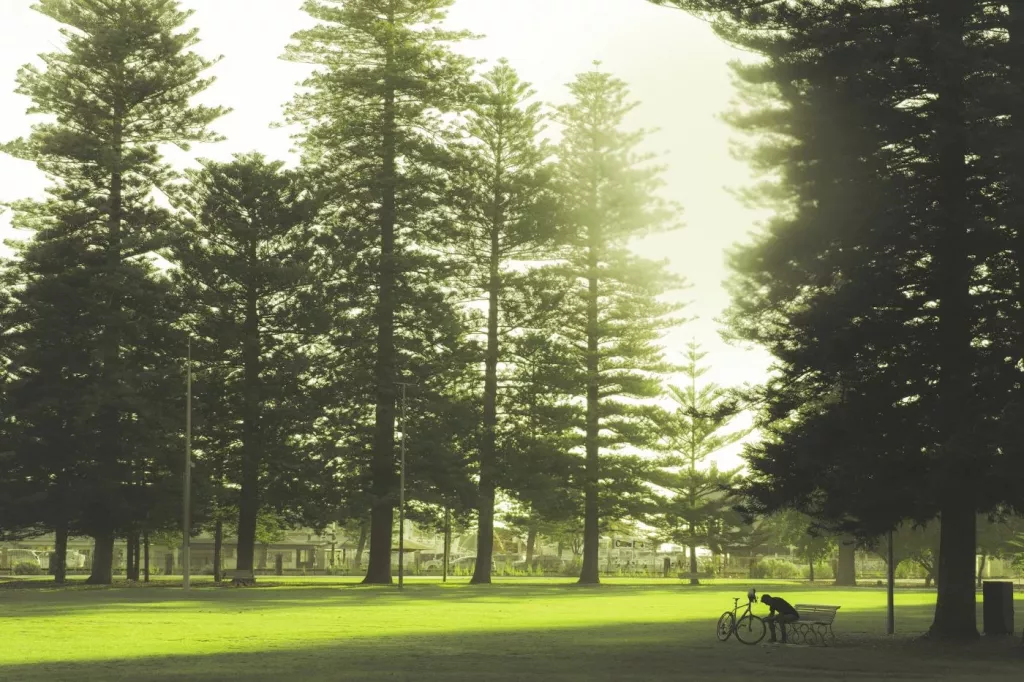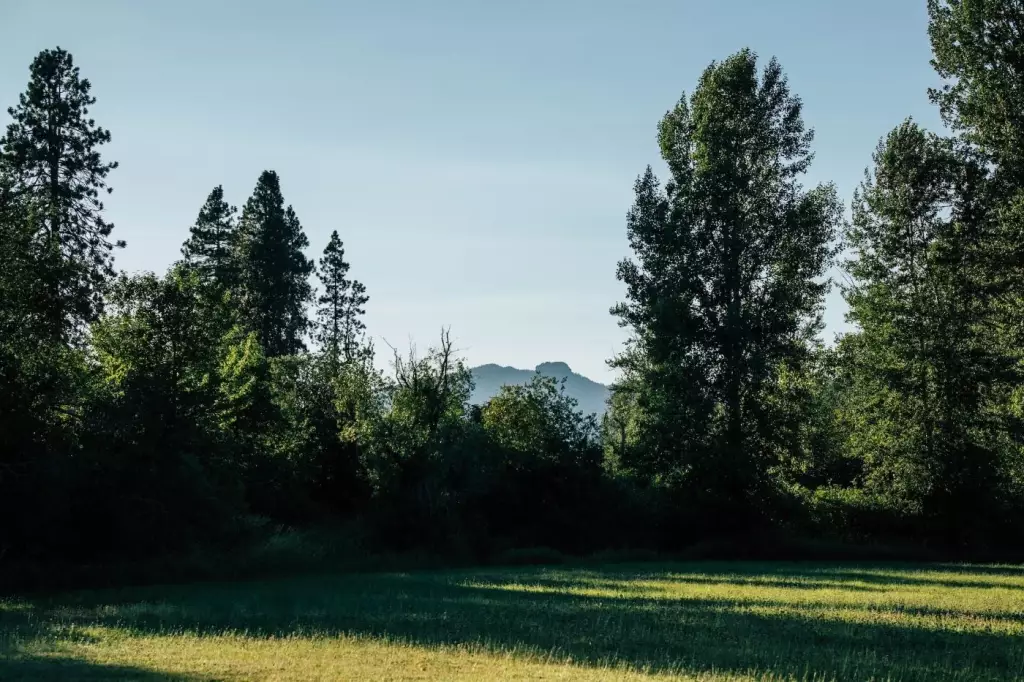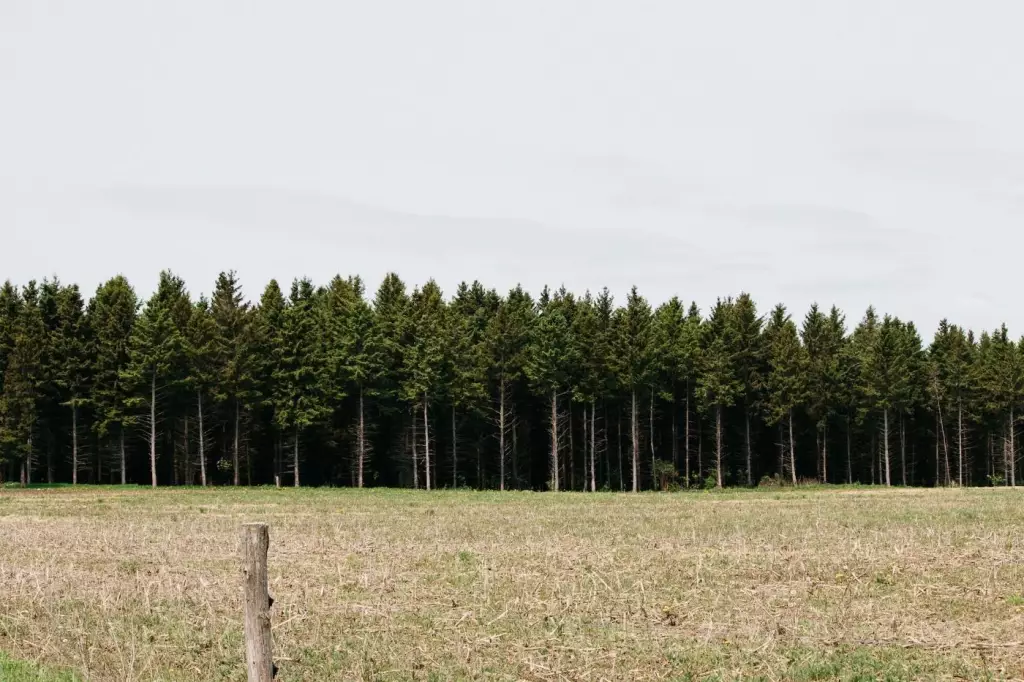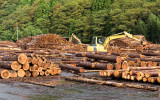How Many Pine Trees Should You Plant per Acre?
When multiple pine trees grow near each other, they compete for essential resources such as sunlight, water, and nutrients. This competition can lead to reduced growth rates and overall density on acres. In this article, we'll discover the optimal number of pine trees that you can plant on an acre that allows for favorable growth of your trees.
Pine plantations require at least 100 trees per acre, while natural forests can have 10–60 trees per acre. If a plantation produces timber, the planting density may range from 400–1,000 trees per acre, while a conservation stand may have a lower density of around 100–400 trees per acre.
Proper soil preparation is a crucial factor for successful pine tree planting. Let's take a look at the specifics of how you should prepare your soil before planting your pine trees.
Summary
- For conservation purposes, the recommended number of pine trees ranges from 100 to 400 trees per acre.
- Small pine tree seedlings can be planted at a high density of 500–1000 trees per acre, while mature pine trees require the lowest density of 100–200 trees per acre.
- Thinning techniques may be used to reduce the density of trees over time and mitigate negative effects such as disease and insect infestations.
- Soil should be tilled to a depth of at least 12 inches to ensure good root growth and development and to remove any weeds or other vegetation from the planting area to reduce competition for nutrients and water.

On this page:
Pine Tree Density Based on Forest Type
| Forest Type | Number of Trees per Acre |
|---|---|
| Plantation-style pine forests | At least 100 |
| Natural forests | 10-60 |
Recommended number of pine trees for plantations
Plantation-style pine forests are typically managed for commercial purposes, such as timber production or paper manufacturing. To maximize the yield of these forests, a high density of trees is required.
The optimal number of pine trees per acre for plantation-style pine forests is at least 100. This high density of trees allows for efficient use of resources, such as water and nutrients, and promotes rapid growth and straight, uniform tree trunks.
However, a high density of trees can increase the risk of disease and insect infestations, as well as increase the risk of fire. In addition, the high density of trees can limit the diversity of plant and animal species in the forest.

To mitigate these negative effects, forest managers may use thinning techniques to reduce the density of trees over time.
Thinning involves removing some of the trees from the forest to create more space and resources for the remaining trees. This can help to promote the growth of understory plants and increase biodiversity in the forest.
Recommended number of pine trees for natural forests
Natural forests, also known as old-growth forests, are typically left to grow and develop on their own. These forests are not managed for commercial purposes and are instead valued for their ecological and aesthetic qualities.
The optimal number of pine trees per acre for natural forests ranges from 10-60. A lower density of trees in natural forests allows for more sunlight to penetrate the forest floor, which promotes the growth of understory plants and provides a habitat for a greater diversity of wildlife.
In addition, natural forests typically have a greater variety of tree species and age classes, which contributes to their ecological diversity and resilience.
However, natural forests can also face challenges, such as invasive species, disease, and climate change. To maintain the health and productivity of natural forests, forest managers may use techniques such as prescribed burning, selective harvesting, and invasive species management.
Optimal Pine Tree Density Based on Purpose
| Purpose | Number of Pine Trees per Acre |
|---|---|
| Timber production | 400 - 1,000 |
| Conservation | 100 - 400 |
Recommended range of pine trees per acre for timber production
When planting pine trees for timber production, the goal is to maximize the yield of high-quality timber. Pine trees are a popular choice for timber production because they grow relatively quickly and can be harvested in as little as 25 years.
Pine trees are also listed as one of the most profitable trees to grow for lumber, with one board foot costing around $1-$5.
The recommended range of 400 to 1,000 pine trees per acre for timber production is based on several factors:
-
It allows for efficient management of the forest, with trees being harvested periodically to ensure a continuous supply of timber.
-
It allows for optimal growth conditions for the trees, with enough space for each tree to grow to its full potential.
-
This range of tree density allows for efficient harvesting and transportation of the timber.

To ensure the best possible timber yield, you need to choose the right species of pine tree for the specific location and manage the forest carefully. This includes regular pruning and thinning of trees to ensure healthy growth and to prevent overcrowding.
Recommended range of pine trees per acre for conservation purposes
When planting pine trees for conservation purposes, the goal is to create a forest ecosystem that supports a diverse range of plant and animal species.
A lower number of trees per acre is recommended for conservation purposes, typically ranging from 100 to 400 trees per acre.
This lower density of trees allows more sunlight to reach the forest floor, which can encourage the growth of other plant species and support a greater diversity of wildlife. In addition, a lower density of trees can help prevent soil erosion and maintain water quality.
Ideal Pine Tree Density Based on Age or Size of Trees
Planting pine trees is a common practice for reforestation, timber production, and other purposes. However, the number of pine trees that can be planted on an acre depends on various factors, including the age and size of the trees.
In this discussion, we will explore how the age or size of pine trees determines the number of pine trees that can be planted on an acre.
| Age/Size of Pine Trees | Planting Density |
|---|---|
| Small seedlings | 500-1000 trees per acre |
| Larger seedlings | 300-500 trees per acre |
| Young pine trees | 200-300 trees per acre |
| Mature pine trees | 100-200 trees per acre |
Recommended density when planting small pine tree seedlings
Small seedlings are the youngest and smallest pine trees that can be planted. They are usually less than 6 inches tall and have a thin stem.
Due to their small size, they can be planted at a high density of 500-1000 trees per acre. This high density ensures that the soil is fully covered and that the trees can grow quickly and compete for sunlight and nutrients.
Recommended density when planting large pine tree seedlings
Larger seedlings are slightly older and larger than small seedlings. They are usually between 6 and 12 inches tall and have a thicker stem.

Because they are larger, they require more space to grow properly. Therefore, the planting density for larger seedlings is lower, ranging from 300-500 trees per acre. This lower density ensures that the trees have enough space to grow and develop a strong root system.
Recommended density when planting young pine trees
Young pine trees are between 1 and 3 years old and have a more developed root system and thicker stem. They require even more space to grow and develop properly, so the planting density for young pine trees is lower than for small and larger seedlings.
The recommended planting density for young pine trees is around 200-300 trees per acre.
Recommended density when planting mature pine trees
For mature pine trees, the recommended planting density is around 100-200 trees per acre. Mature pine trees are fully grown and have a thick stem and well-developed root system.
They require the most space to grow and develop properly, so the planting density for mature pine trees is the lowest. If the trees are planted too close together, they may compete for resources such as water, nutrients, and sunlight, which can lead to stunted growth and poor health.
However, if the trees are planted too far apart, it can result in a waste of land and reduced yield. Therefore, the recommended planting density of 100-200 trees per acre strikes a balance between maximizing yield and ensuring the trees have enough space to grow and develop properly.
For tips on how to maximize your pine tree farm's profits, you can check out this article.
Key Elements to Consider When Planting Pine Trees
When planting pine trees, several factors should be taken into consideration to ensure the success of the plantation:
The quality of soil is a crucial factor
Pine trees thrive in well-drained soils that are rich in nutrients. Before planting, you need to test the soil to determine its pH level and nutrient content. Based on the results, you may need to add amendments such as lime or fertilizer to improve the soil quality.
In addition, proper soil preparation is essential for successful pine tree planting. The soil should be tilled to a depth of at least 12 inches to ensure good root growth and development.
Removing any weeds or other vegetation from the planting area will also help to reduce competition for nutrients and water.
Climate and weather conditions are also important factors
Pine trees are well-suited to areas with moderate to high rainfall and mild temperatures. They can tolerate some drought conditions, but excessive moisture can lead to root rot and other diseases.
Pine trees are also susceptible to wind damage, particularly when they are young and have not yet developed a strong root system. Planting trees in sheltered areas or using windbreaks can help to reduce the risk of damage.

Choose the right tree species and varieties
Different pine tree species have different growth rates, mature sizes, and environmental requirements. Some species, such as longleaf pine, are well-suited to sandy soils and fire-prone areas, while others, such as loblolly pine, are better suited to wetter soils.
In addition, there are many different varieties of pine trees available, each with its unique characteristics. Some varieties, such as slash pine and loblolly pine, are fast-growing and well-suited to commercial plantations, while others, such as white pine, are more ornamental and better suited to landscaping.
Proper maintenance and care of pine trees
Regular watering, fertilization, and pruning can help promote healthy growth and prevent disease. In addition, proper pest and disease management also prevents damage to the trees.
Depending on your goals, you may need to thin the trees periodically to promote healthy growth and prevent overcrowding. Harvesting the trees at the appropriate time can also help to maximize the economic value of the plantation.


